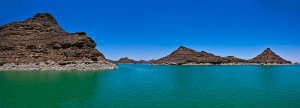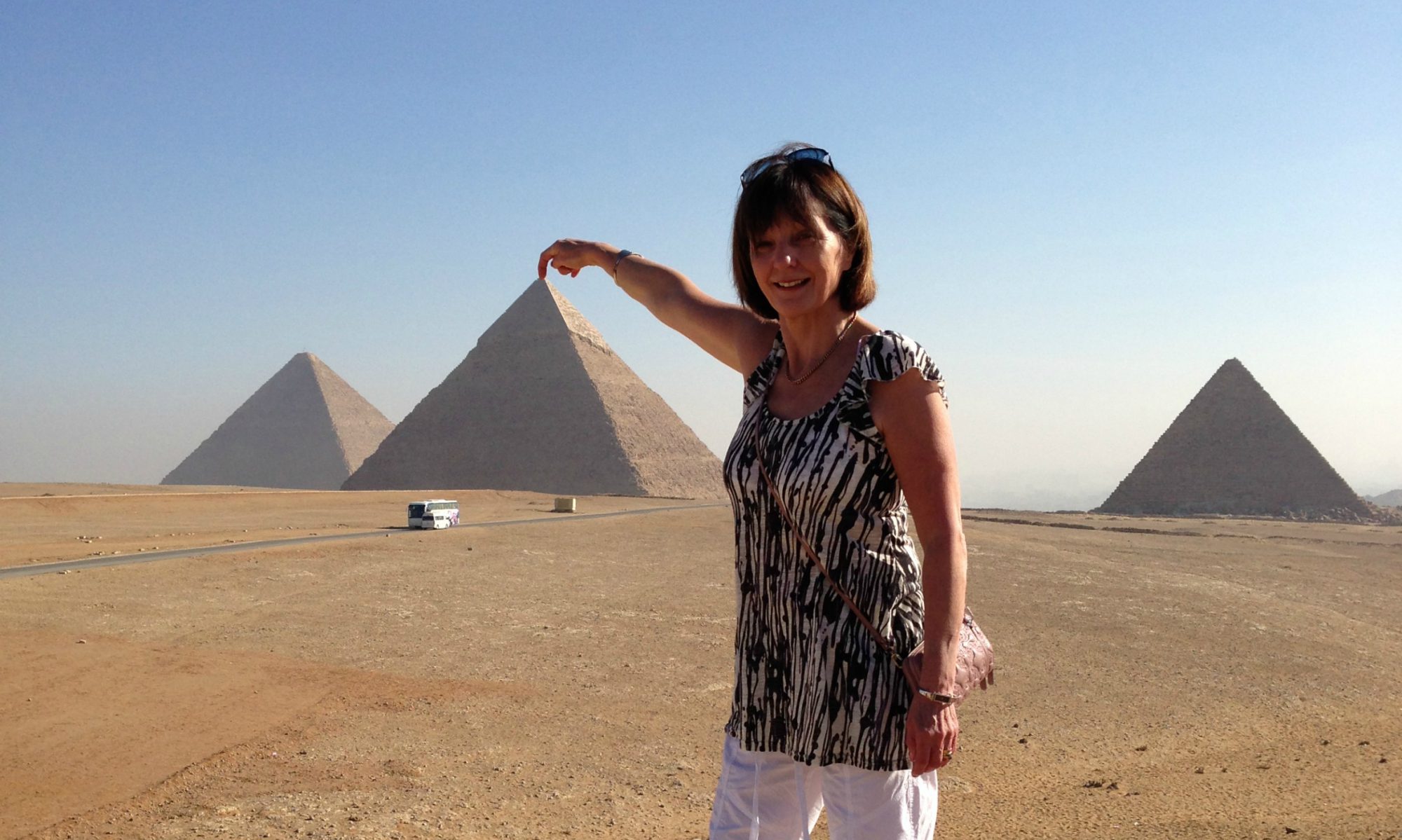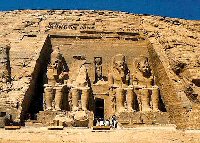
Last year Barbara and I took the opportunity to visit Abu Simbel. The twin temples were originally carved out of the mountainside during the reign of Pharaoh Ramsees II in the 13th century BCE, as a lasting monument to himself and his queen Nefertari. It’s a breathtaking sight especially when you realise that the temples were relocated in their entirety in 1968, to an artificial hill made from a domed structure, high above the Aswan High Dam reservoir. The temples are now part of the UNESCO World Heritage Site known as the “Nubian Monuments”.
It is believed that the axis of the Great Temple was positioned by the ancient Egyptian architects in such a way that on October 22 and February 22 each year, the rays of the sun would penetrate the sanctuary and illuminate the sculptures on the back wall, except for the statue of Ptah, the god connected with the Underworld, who always remained in the dark.
One of the many remarkable things is that the builders and crew who managed to re-locate the Great Temple managed to replicate this amazing feat and even now people gather at Abu Simbel to witness this remarkable sight, on October 21st and February 21st each year.
After we’d spent time exploring the temples Barbara and I strolled down to the edge of Lake Nasser and were spellbound by it’s mirror-like tranquility. The waters were still and mysterious and you could feel the vastness of this enormous man-made lake. Again, like Abu Simbel, another amazing feat of man’s imagination and determination.
Here are some facts (courtesy of Wikipedia) about Lake Nasser:
The lake is some 550 km long and 35 km across at its widest point, which is near the Tropic of Cancer. It covers a total surface area of 5,250 km² and has a storage capacity of some 157 km³ of water.
The lake was created as a result of the construction of the Aswan High Dam across the waters of the Nile between 1958 and 1971. The lake is named after Gamal Abdel Nasser, one of the leaders of the Egyptian Revolution of 1952, and the second President of Egypt, who initiated the High Dam project.
Sport-fishing among tourists, especially for Nile Perch, has become increasingly popular, both on the shore and from boats, as the west bank of the Lake contains more nutrients compared to the east bank. About 100 species of bird have been recorded in the lake.
We also saw 2 of the Lake Nasser cruise ships anchored near to the temples and we both promised ourselves that when the opportunity arose we would take a Lake Nasser cruise to explore the Lake and enjoy it’s tranquility for ourselves.
So why am I telling you all this? Because we have a great 1 week Lake Nasser cruise and Luxor trip that I feel would be a great follow-up or alternative to a Nile cruise. Continue reading “Luxor and Lake Nasser Cruise – Cruise one of the largest man-made lakes in the world…”

